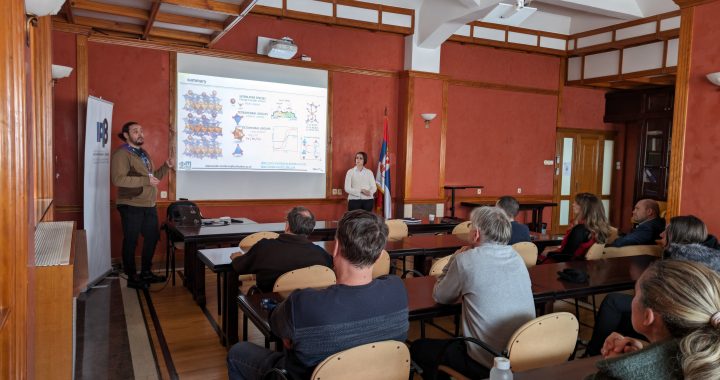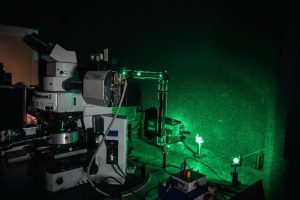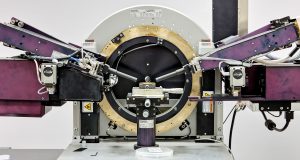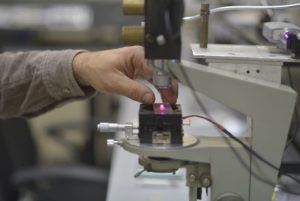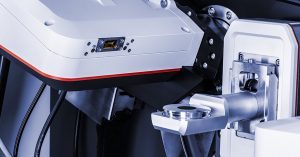On February 20, 2025, Dr. Aleksandar Matković from Montanuniversität Leoben, Austria, delivered an insightful seminar titled "Phyllosilicates as Functional Dielectrics in Two-Dimensional Materials-Based Electronics" at the library reading room "Dr. Dragan Popović," Institute of Physics Belgrade.
Dr. Matković presented recent advances in utilizing phyllosilicates as dielectric components in electronics based on two-dimensional materials, highlighting their potential to improve device performance and functionality. The seminar generated valuable discussions among participants, strengthening scientific exchange and collaboration.
This event was part of the Center for Solid State Physics and New Materials and HIP-2D-QM project's efforts to foster scientific excellence, promote knowledge exchange, and enhance collaboration in advanced materials research.
We warmly thank Dr. Matković and all attendees for their participation and engaging discussions!
Abstract:
Since the last decade, the number of isolated two-dimensional (2D) materials keeps growing exponentially, focusing on high-performance semiconducting and spontaneously polarized materials. However, the number of vdW insulators is extremely disproportional to both semiconductors and metals. Almost exclusively the entire field relies on hexagonal boron nitride. Surely, this cannot be the only technologically relevant system.
Inspired by naturally occurring van der Waals (vdW) crystals – 2D minerals – from the phyllosilicate family, our team works on establishing 2D phyllosilicates as a vdW dielectric platform. In this talk, we will focus first on the potential application of non magnetic phyllosilicates – hBN alternatives – in 2D materials-based transistors, and opportunities for this material class to be used as charge-trap layers for computing in memory applications. Afterwards, we will look into intrinsic magnetism in phyllosilicates, magnetic domains, their layered antiferromagnetic ordering, and ion implementation as a potential pathway to engineer magnetic impurities.

